Eyes in the Dark: The Curious Case of One Victoria Bloom is an adorable roguelike adventure created by studio Under the Stairs, featuring the young eponymous character as she investigates her family’s mansion to save her grandfather from dangerous shadows. Victoria battles these shadow entities while exploring the large estate, learning about her family history, and the connection between them and the shadows, using only a flashlight and a handful of gadgets.
While Eyes in the Dark’s gameplay feels dynamic by the many upgrades you can give Victoria, the difficulty never felt deep while progressing through the game. When defeated and sent back to the start, replaying these sequences became a tired dance even as soon as the second playthrough. Many enemies are effortless to handle, and the bosses are not compelling, making for a rough gameplay loop.
Throwback to 1922
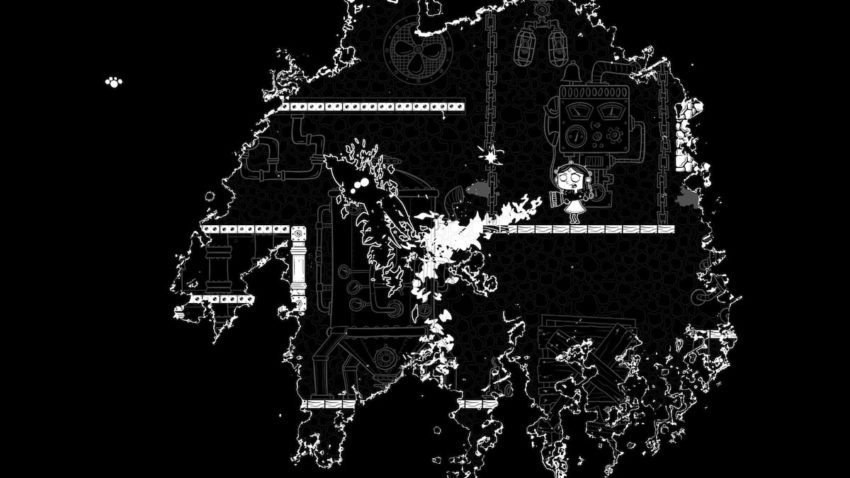
The story of Eyes in the Dark focuses on Victoria as she visits her grandfather in their family mansion for the first time in 1922. At the beginning of the game, the grandfather is taken away to some unknown part of the house by a blob of shadows, only leaving young Victoria a pocket watch to protect herself from these shadows. She uses the watch throughout the game to turn back time when she loses all her health and tries to save her grandfather again. Everything starts over, but the house’s structure changes, hence creating the game’s roguelike loop.
The art style reflects the 1922 narrative and only relies on a stark black and white color palette. The game’s cutscenes also play like a silent movie where characters’ mouths move, and dialogue text appears shortly after. The developers stay rooted in this older style throughout the game, getting creative with several features we take for granted in many modern titles. For example, interactable objects are brought to the foreground and painted white to signify their importance. Additionally, the shadow enemies have eyes to indicate their health, which pop and disappear as they take damage.
The style serves a fun theme and aesthetic throughout the game, even though it might cause distractions when trying to catch specific enemy attacks or movements. However, the real enjoyment comes from the many flashlight and gadget upgrades you can unlock for Victoria.
Turn your high beams on
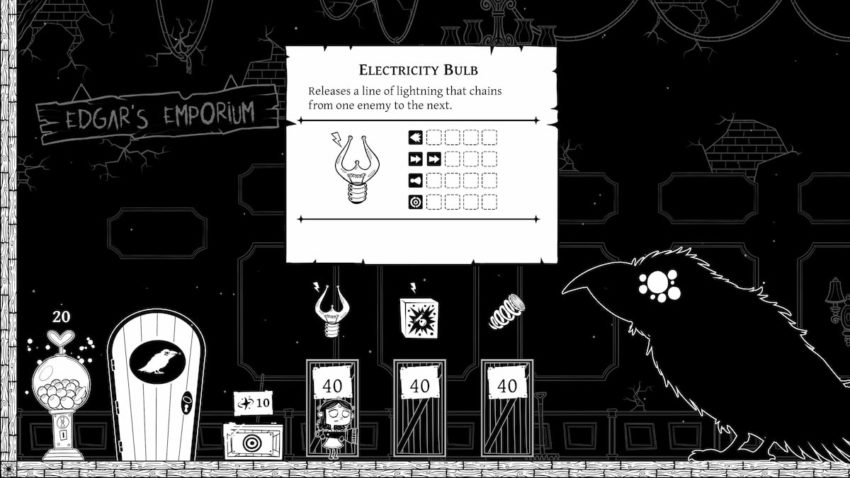
While progressing through the house, you only have a handful of tools: a flashlight, gadget shoes, and a slingshot. Each of these items has limited upgrade slots, so you’ll have to pick and choose carefully how you want to build them. Furthermore, the upgrades you receive are random, so every run is not the same. This changes the loop in Eyes in the Dark by having you experiment with new combinations and test out others you discover as you progress through the narrative.
The flashlight can vastly change beyond a standard cone of light. It can unleash a slew of light bubbles that linger around enemies; it could become a powerful laser; it might produce starlight attacks, and so on, depending on what bulbs you discover. Several minor upgrades increase the flashlight’s damage, the length of light, the attack arc, and additional minute details for your weapon. Couple this with enhancing Victoria’s dodge and adding more destructive slingshot bolts, and you can give the shadows a good run for their money, despite their many numbers.
However, enemy behavior doesn’t change much, taking away from the potential depth of stimulating battles, especially when repeating boss battles.
Stale shadows
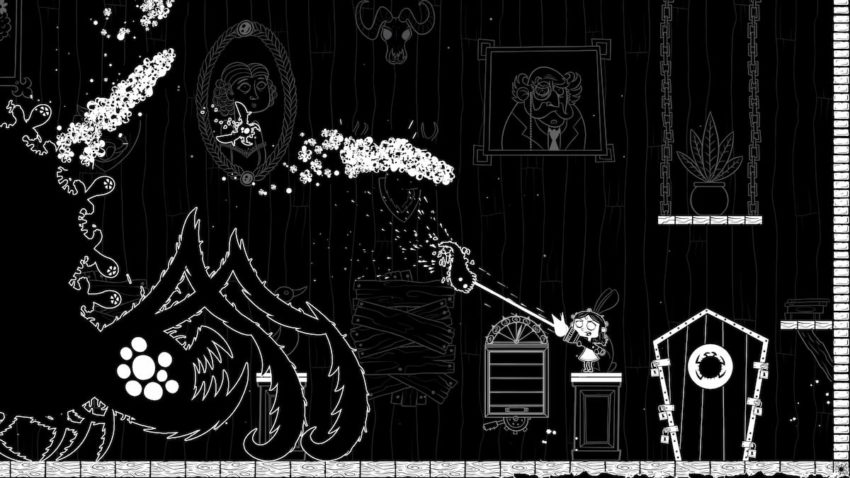
The enemies and boss encounters in Eyes in the Dark leave much to be desired. They are thematically interesting because each boss represents the mansion’s location, the enemies are an extension of the upcoming boss, and the boss connects to an associated Bloom family member. However, the attacks and challenges of the game don’t make it feel like a difficult roguelike.
Many enemies are quickly decimated, and boss movesets are easily telegraphed; picking them up is an effortless ordeal. Sometimes the black and white art style makes it difficult to catch some enemies or properly dodge an attack, but this is more of an annoyance than an extra challenge.
The lack of depth in combat is disappointing given what you can do with the various upgrades with Victoria’s gear. Your tools are far more appealing to mix and match, seeing how they work in combat. If there were more difficult enemies with unique movesets, this would make diving into Eyes in the Dark far more enjoyable. Instead, the variety of choices feels wasted on bosses that don’t offer meaningful challenges, and it feels like a missed opportunity to give a player a reason to plan out their next run.
Not only do you have to contend with the shadows, but it feels like you’re fighting the house itself as it becomes its own character. Each time you defeat a boss and go to another room, you must pick between a positive and a negative effect that can happen. You might gain an additional bar of health, but your mini-map no longer works, or the enemies explode after defeating them. This is an excellent way Under the Stairs deals with the roguelike element and weaves it into your adventure. But again, the shadows themselves don’t provide an ample challenge.
The verdict
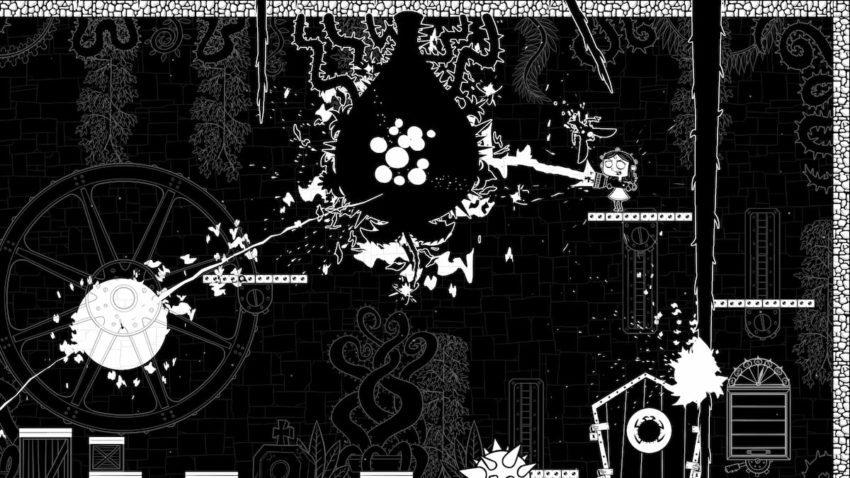
The core gameplay of combat and the roguelike nature of Eyes in the Dark are exciting. The flashlight is an interesting weapon and offers a good amount of flexibility for every player. However, the game lacks intense combat depth that makes repeating the battles exciting, which should be the core of any roguelike.
If the weapons are fun, but the enemies are lackluster, there needs to be some refinement. Under the Stairs did an excellent job in making do with the black and white setting, and learning about the Bloom family was fun. However, what could have been a compelling, charming, and enjoyingly replayable experience in a spooky house ended up feeling more like a household chore.
Final Score:
7 / 10
| + | A creative black and white art style makes for an enjoyable setting |
| + | Exciting upgrades and weaponry gameplay |
| + | The house feels like an active character in the adventure |
| – | Lacking complicated enemy combat |
| – | Repeating the loop becomes tiring |
Gamepur team received a PC code for the purpose of this review.

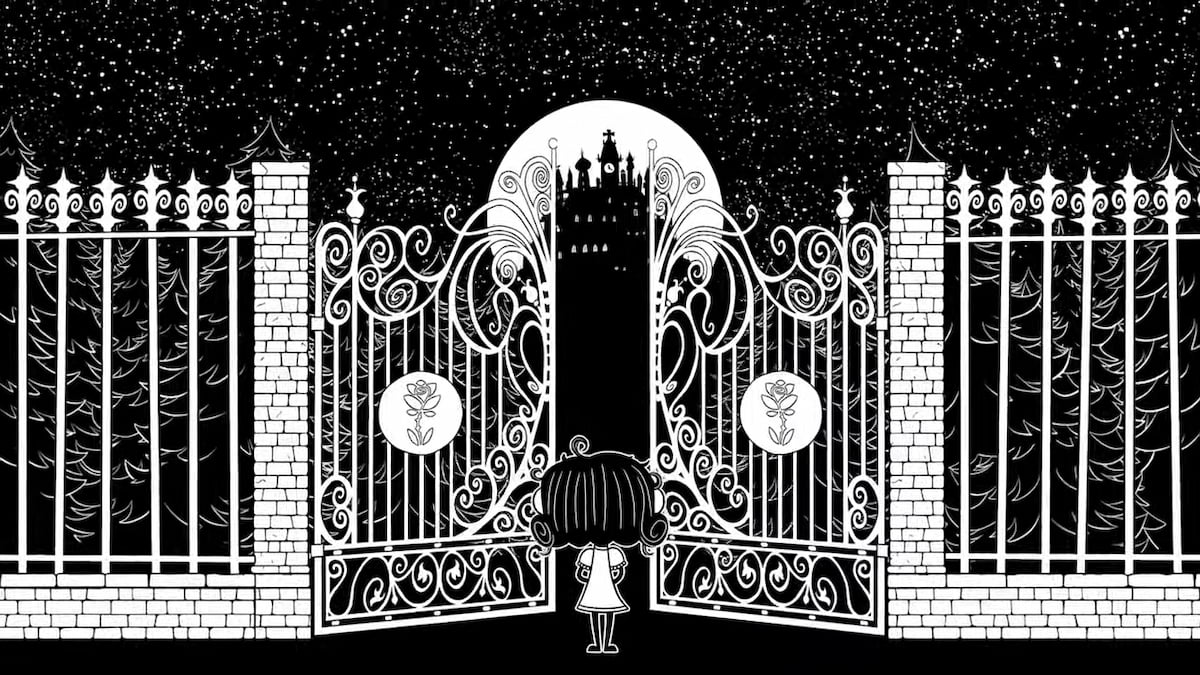







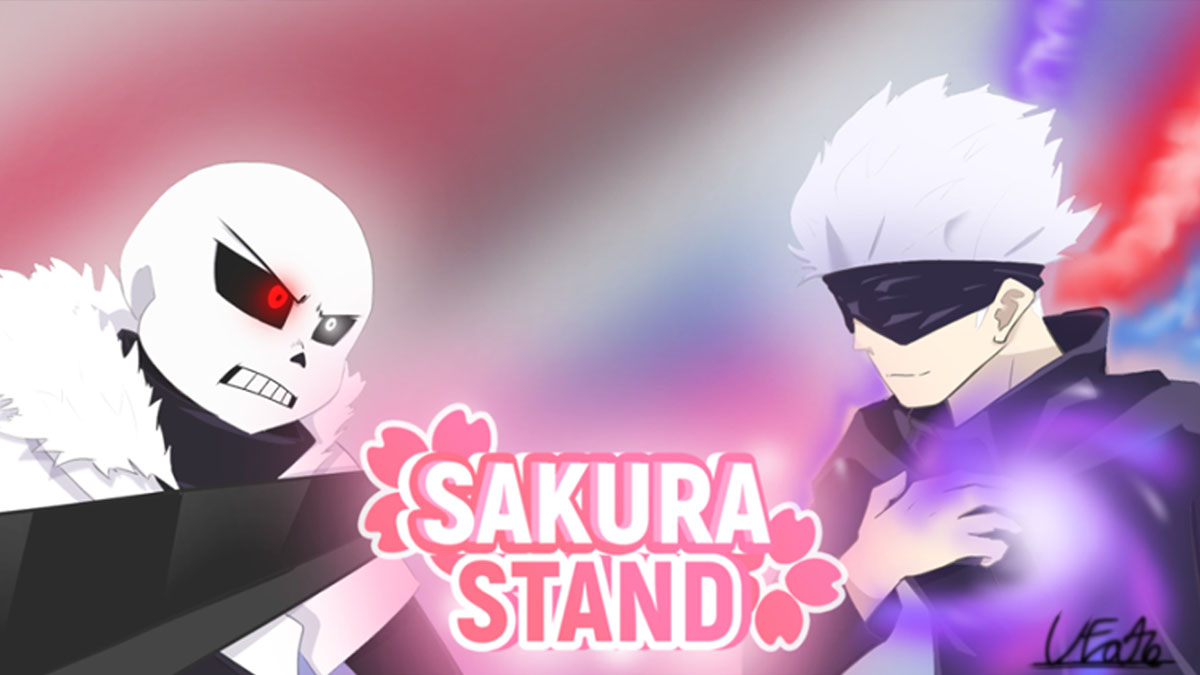
Published: Jul 13, 2022 02:29 pm